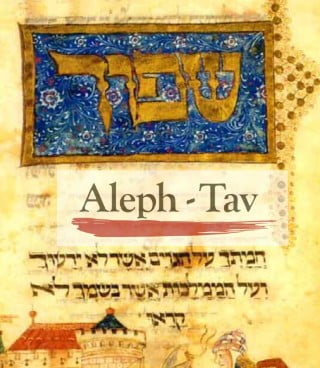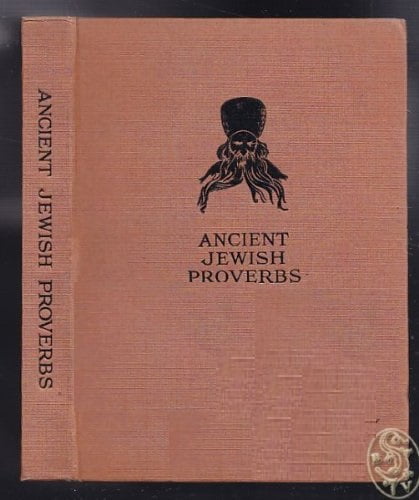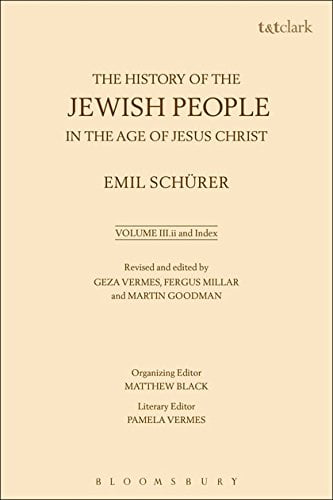
Depart From Me
Lawlessness by
Bruce Booker
Depart from me Jesus said in Matthew 7: 21-23: “Not everyone who says to Me, `Lord, Lord,’ will enter the kingdom of heaven, but he who does the will of My Father who is in heaven will enter. “Many will say to Me on that day, `Lord, Lord, did we not prophesy in Your name, and in Your name cast out demons, and in Your name perform many miracles?'”And then I will declare to them, `I never knew you; DEPART FROM ME, YOU WHO PRACTICE LAWLESSNESS.’ In that statement we discover the criteria of entry into the Kingdom.

Argumentum Ex Silentio
The Gentiles and Torah by
Bruce Booker
The argument from silence (also called argumentum ex silentio in Latin) is generally a conclusion based on silence or lack of contrary evidence. In the field of classical studies, it often refers to the deduction from the lack of references to a subject in the available writings of an author to the conclusion that he was ignorant of it.” In this document, I seek to answer the following question that seems to plague the Messianic Community today: “Does the Torah apply to non-Jewish believers in Yeshua/Jesus?

Aleph Tav Study Guide
Hebrew Language by
Dennis Northington
The focus of my study is on the first and last letters of the Hebrew alphabet, the Aleph and Tav . These are familiar to many as the Greek letters “Alpha and Omega”.
This study uses the Hebrew Masoretic Text (“MT”) as a source which is recognized by Judaism as well as Christianity as being an authoritative resource of the ancient Hebrew scrolls.

Shorter Comentary on Galations
Doctrine by
Don Garlington
Historically, the book of Galatians has been widely misunderstood, due largely to the technical discussions of biblical topics ranging from circumcision to the Torah, to freedom in Christ. A contextual study of Galatians will help to unravel the letter for both Christians and Jews. Associating Pharisaism with Moses, the phrase“works of law”(especially in Galatians)is quite misunderstood in mainstream Christianity—particularly consider in the Protestant belief that the Law has been somehow null if led by Jesus’ sacrifice. According to such skewed theology, on one side of the fence is Moses and the Torah—the Pharisees, represent at lives of that “Old Testament religion.” On the other side is Jesus, Paul and grace.

Exegeting Galatians
Doctrine by
Ariel Ben-Lyman Hanaviy
In the book of Galatians, Paul had used many technical words and phrases in the Hebrew language. Unfortunately, these words had a tendency to be greatly misinterpreted if taken out of the 1st century Judaic context. As a result, some interpreters teach concepts that were almost the opposite of their original purpose.
HaNaviy is a Jew who teaches Torah from a Messianic perspective. He doesn’t claim to uncover the whole truth in the book of Galatians. But he is challenging us to take a scientific approach to understand how the believers in Galatia would have taken up the message of Paul. By doing so, we stand a better chance of understanding Paul’s puzzling instructions. Because without the proper background, we will misread the Apostles to the Gentiles. So let’s read Exegeting Galatians and see this epistle with fresh eyes.

Ancient Jewish Proverbs
Reference by
Abraham Cohen
This entry in the Wisdom of the East series is a treasury of traditional Jewish proverbs, mostly extracted from the Talmud and Mishna.

A History of Jewish People
History by
Emil Schurer
Critical presentation of the whole evidence concerning Jewish history, institutions, and literature from 175 BC to AD 135; with updated bibliographies.

A History of the Jewish People in the Time of Jesus Christ
History – Hebrew Roots by
Emil Schurer
This classic work includes extensive essays on the Roman political system and its leaders, the political and religious parties of Judaism, messianic movements, and pertinent Greek and Jewish literature—including the Apocrypha and Pseudepigrapha—from the centuries before and after Christ. This five-volume set is the original edition of Schurer’s landmark work, including the original index. This set consists of two divisions: Division One, volumes 1 and 2; and Division Two, volumes 1, 2, and 3.